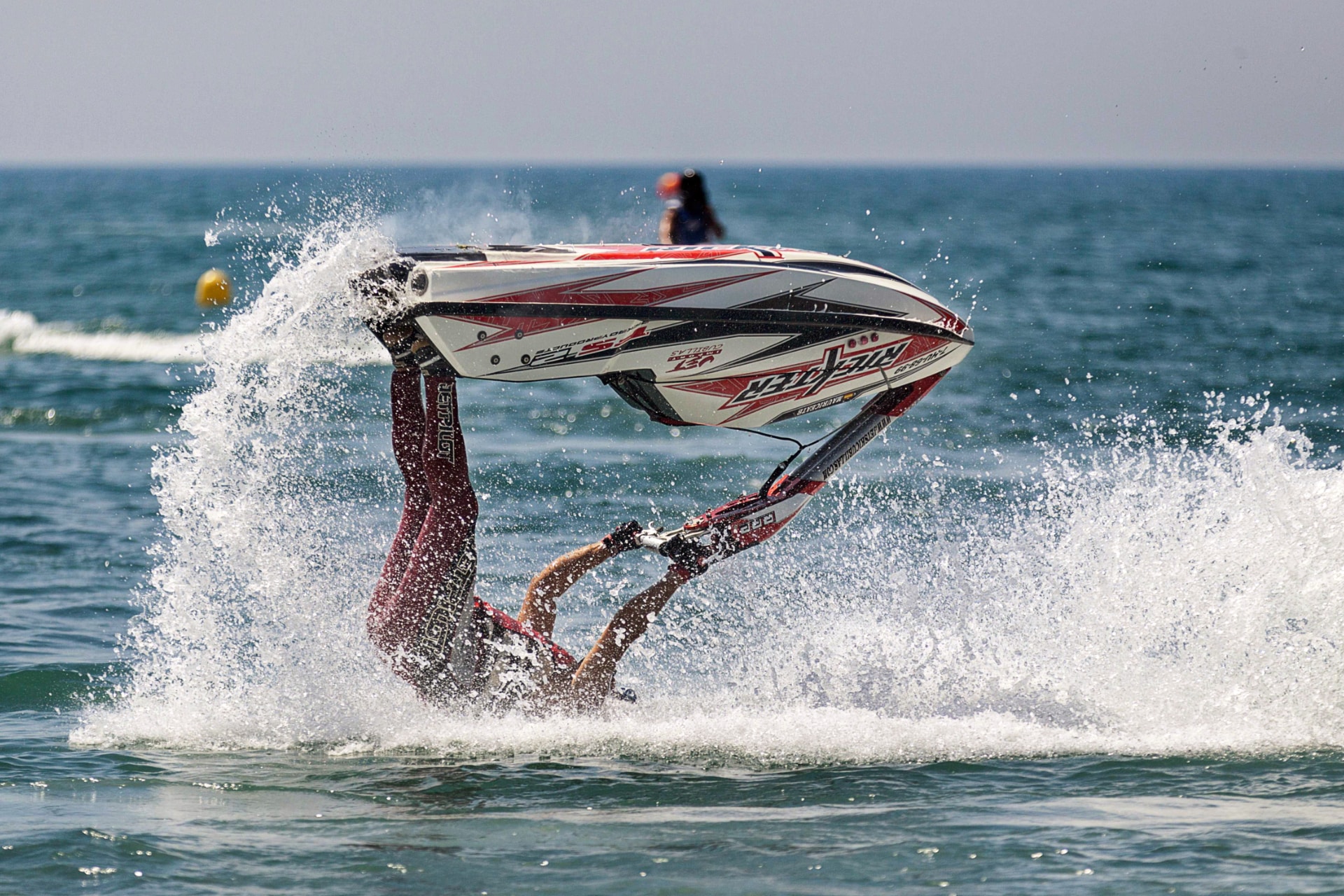Jet skiing is an exhilarating water sport enjoyed by many. The thrill of speeding across the water, the splash of the waves, and the freedom of the open sea make it a popular choice for water enthusiasts. However, like any other sport, it comes with its own set of safety concerns. One of the most common questions asked is, "Can jet skis sink?" In this article, we will address this and other key questions related to jet ski safety.
Table of Contents

Can Jet Skis Sink?
The short answer is yes, jet skis can sink, but it's not a common occurrence. Jet skis are designed to be buoyant, and most models have built-in flotation devices that prevent them from sinking completely. However, if a jet ski is damaged or flooded with water, it could potentially sink. Regular maintenance and inspection can help prevent such situations.
How Can You Prevent a Jet Ski from Sinking?
There are several things you can do to prevent a jet ski from sinking:
- Perform regular maintenance: Proper maintenance is essential for keeping your jet ski in good condition. This includes checking for leaks and ensuring that all components are working correctly.
- Don't overload the jet ski: Every jet ski has a weight limit. Make sure you don't exceed the weight limit when carrying passengers or gear.
- Avoid rough waters: Jet skis are designed for calm waters. Avoid operating your jet ski in rough waters, as this can increase the risk of capsizing.
- Wear a life jacket: Always wear a properly fitting life jacket when operating a jet ski. This can help keep you afloat in the event of an emergency.
What Should You Do if Your Jet Ski Starts to Sink?
If your jet ski starts to sink, the most important thing is to remain calm. Follow these steps:
- Turn off the engine: This will help prevent water from entering the engine compartment and causing further damage.
- Try to stay afloat: If possible, hold onto the jet ski or a nearby flotation device.
- Signal for help: Use a whistle or other signaling device to attract attention.
- Evacuate the jet ski: If the jet ski is sinking rapidly, evacuate it immediately and swim to safety.
What Happens If a Jet Ski Flips Over?
Another common concern is what happens if a jet ski flips over. The good news is that most modern jet skis are designed to be self-righting, meaning they will automatically flip back upright if they capsize. However, if your jet ski doesn't right itself, you should refer to the owner's manual for instructions on how to manually flip it back.
How Do You Prevent a Jet Ski from Capsizing?
Preventing a jet ski from capsizing involves a combination of proper operation and awareness of your surroundings. Avoid making sharp turns at high speeds, and always be aware of waves and other watercraft. Following the rules of the water and operating at a safe speed can significantly reduce the risk of capsizing.
What Safety Equipment Should You Have on a Jet Ski?
Safety should always be your top priority when operating a jet ski. Essential safety equipment includes a life jacket for each rider, a whistle or horn for signaling, and a fire extinguisher. It's also recommended to wear protective clothing and eyewear, and to use a safety lanyard that will cut off the engine if you fall off.
Is Jet Skiing Safe for Non-Swimmers?
While it's possible for non-swimmers to ride a jet ski, it's not recommended. If you fall off, even with a life jacket, you need to be able to swim to get back on the jet ski or to reach safety. If you're a non-swimmer and still want to experience jet skiing, consider taking a lesson with a certified instructor or going with an experienced rider.
In conclusion, while jet skiing is a fun and exciting sport, it's important to prioritize safety. Regular maintenance, proper operation, and the right safety equipment can help ensure a safe and enjoyable experience on the water.